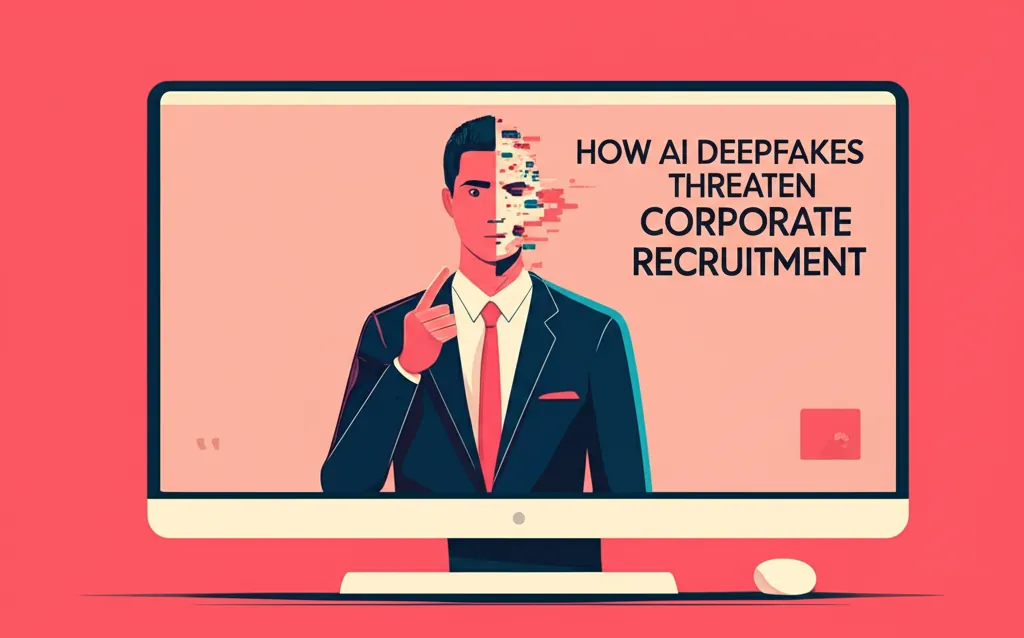Developer Offer
Try ImaginePro API with 50 Free Credits
Build and ship AI-powered visuals with Midjourney, Flux, and more — free credits refresh every month.
AI Shopping Fails Exposing Hilarious Online Scams
The All Too Familiar Sting of Online Shopping Disappointment
We've all been there. You find what looks like the perfect item online, click 'buy now,' and eagerly await its arrival. But when the package finally lands on your doorstep, the unboxing reveals a crushing disappointment. What is this miniature, poorly made trinket? It's certainly not what the glamorous ad promised.
You might swear off online shopping forever, only to find yourself scrolling again next week, hoping this time reality will match your expectations. Fortunately, one woman is making it her mission to pull back the curtain on these deceptive practices.
Meet the Influencer Exposing AI Shopping Scams
Influencer Maggie McGaugh is deliberately buying products advertised with stunning, AI-generated images to show what customers actually receive. These sellers use artificial intelligence to create impossibly perfect product photos, luring shoppers into buying cheap imitations. Maggie posts her hilarious and shocking findings online to help others avoid falling for the same shopping scams.
Her goal, in her own words, is to "spread awareness about AI generated product photos, get the sellers removed from the sites, and repurpose the items to reduce waste."

Expectation vs. Reality: The Hilarious Fails
Here are some of the best examples of Maggie's online shopping investigations.
The Shark Toilet Paper Roll That Wasn't
"I ordered an AI-generated shark toilet paper roll. Instead they sent a gemstone-by-the-numbers kit. Because who wouldn’t want a DIY gemstone canvas of a shark toilet paper roll."

The Stack-of-Books Coffee Mug
"You may have seen this AI generated photo of a coffee mug shaped like a stack of books. I took one for the team to investigate it myself, and here’s what you would actually get if you order it."

The Stained Glass Dog Lamp
"You know the beautiful stained glass dog lamps? Yeah, don’t fall for it."

The DIY Cloud Wall Light
"No way to hide the plug, the cotton can’t stick out far off the wall, and they only included enough tape for half the lights. Maybe if I had 2-4 more packs I could make it look closer to the picture! Not to mention I had to build this thing myself."

The Banana Duck
"The giant banana duck!"

How to Spot an AI-Generated Product Scam
If you've been caught by an AI-generated scam, you're not the only one. The rise of artificial intelligence has made it harder to tell what's real. Luckily, experts have identified some key red flags.
The investigative journalism group Bellingcat did a deep dive into this issue. They recommend looking closely to avoid being conned.
- Look for an AI "Sheen": Many AI images have a specific polished, slightly unreal look. Tiny details are often the biggest giveaway. Look for misaligned lines, weird smudges, or blurry spots, which are common artifacts in AI-generated images.
- Consider Practicality: Does the product look like it lights up, but there's no mention of a power source or batteries? Think about how it would function in the real world.
- Check for Multiple Angles: As Bellingcat notes, "AI image generators can create convincing images, but they are not great at producing the same image consistently." Authentic sellers usually show an item from several different angles. If you only see one perfect photo, that's a major red flag.
- Read the Fine Print: Scammers may hide disclosures in the text, stating the images are for illustration purposes only. Always check the listed materials and dimensions to see if they match the photo.
- Scrutinize Photo Reviews: Don't just read the text reviews. Look for photos from actual buyers. Do the pictures look genuine and taken in a real home? Does the item match the ad?
And the oldest rule still applies: if it seems too good to be true, it almost certainly is!
The Verdict from Online Shoppers
People had plenty to say about these scams, with many relating them to their own online experiences. The comments ranged from hilarious to angry, with many sharing their own tales of online shopping gone wrong.
Compare Plans & Pricing
Find the plan that matches your workload and unlock full access to ImaginePro.
| Plan | Price | Highlights |
|---|---|---|
| Standard | $8 / month |
|
| Premium | $20 / month |
|
Need custom terms? Talk to us to tailor credits, rate limits, or deployment options.
View All Pricing Details



